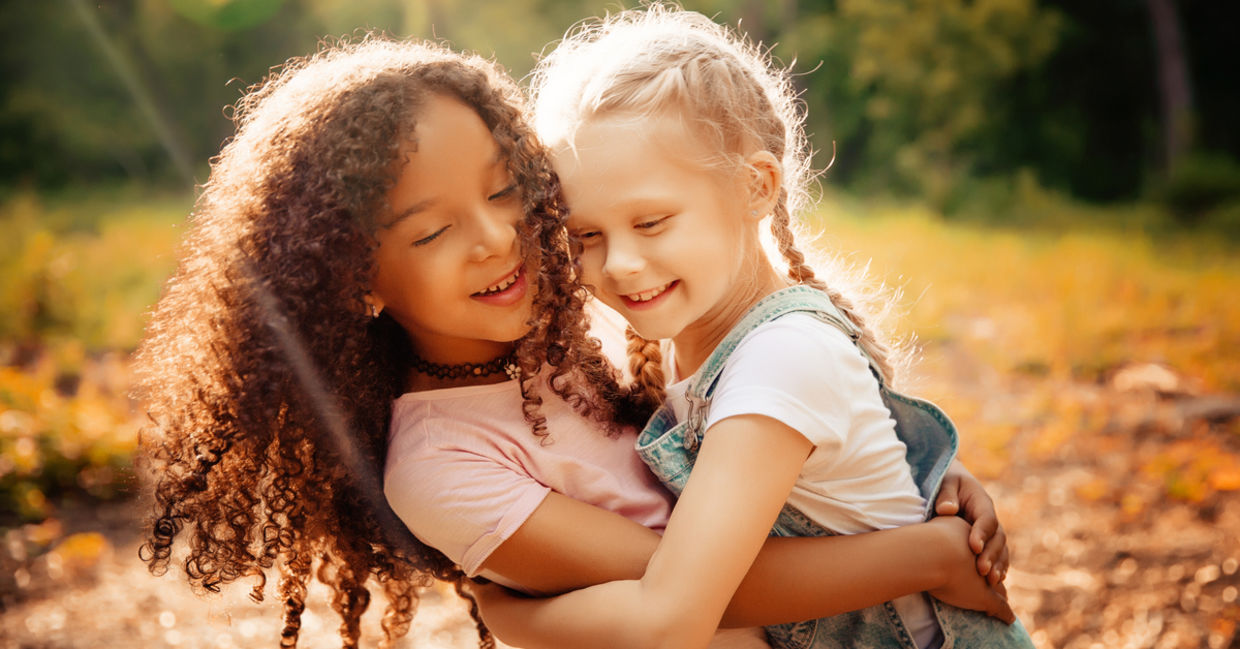
(Svitlana Bezuhlova / Shutterstock.com)
Children are born full of wonder and tolerant of people’s differences. A young child doesn’t look at a person’s skin color, ethnicity, or religion when they ask another child to help her build a castle in the sand box or to play on the teeter totter with him.
It’s not until they get older that they learn to distrust or fear the other but it doesn’t have to be that way. People can learn to be tolerant and to live in harmony with one another.
Tolerance makes it possible for people to live together peacefully according to DW. Being tolerant means that you accept other people’s ideas, opinions, cultures, and traditions even if they are different from your own or even if you don’t agree with them. DW argues that tolerance doesn’t just make peaceful coexistence between people possible; it actually enriches society.
When the United Nations was founded after World War II, one of its purposes was to achieve international cooperation for global problems by promoting respect for human rights without any distinction of race, sex, language, or religion. In 1995, in honor of its fiftieth anniversary, UNESCO’s member states adopted a Declaration of Principles on Tolerance because tolerance is necessary for a society to live in peace.
In today’s divisiveness and unrest, tolerance and peaceful coexistence seems very far away but working together can bring about a society that lives in harmony. Here are five steps how to help make this happen:
Look to Ancient Wisdom
Some of the world’s most ancient texts speak about tolerating and even loving the strangers – people who are different from you – who dwell among you: “You shall love your neighbor as yourself” [Leviticus 19:18]. The Golden Rule: “Do unto others as you would have them do unto you” comes from this passage. In fact, all three monotheist religions teach tolerance in their religious texts.
Eastern religions also stress tolerance and harmony. Buddhists believe that people can live in peace and harmony if they abandon negativity and cultivate positive emotions like love and compassion. Buddhists recognize that humanity’s needs cannot be encompassed by just one teaching and leaves room for a variety of religious expressions.

(Kniazeff / Shutterstock.com)
Accepting Differences
Acceptance is the ability to see that other people have a right to be their own persons with their own feelings, thoughts and opinions across many issues according to the nonprofit Be United. You do not have to agree with their values and acceptance doesn’t make your own values less valid.
The organization said on its website that it is essential for people to be tolerant and open minded towards the beliefs and lifestyles of others in order to make the world a happier and more harmonious place. The first step in achieving this is to treat everyone with the same level of respect that we want to have people show us. Being open to the differences – and the similarities – will also enable you to grow and thrive.
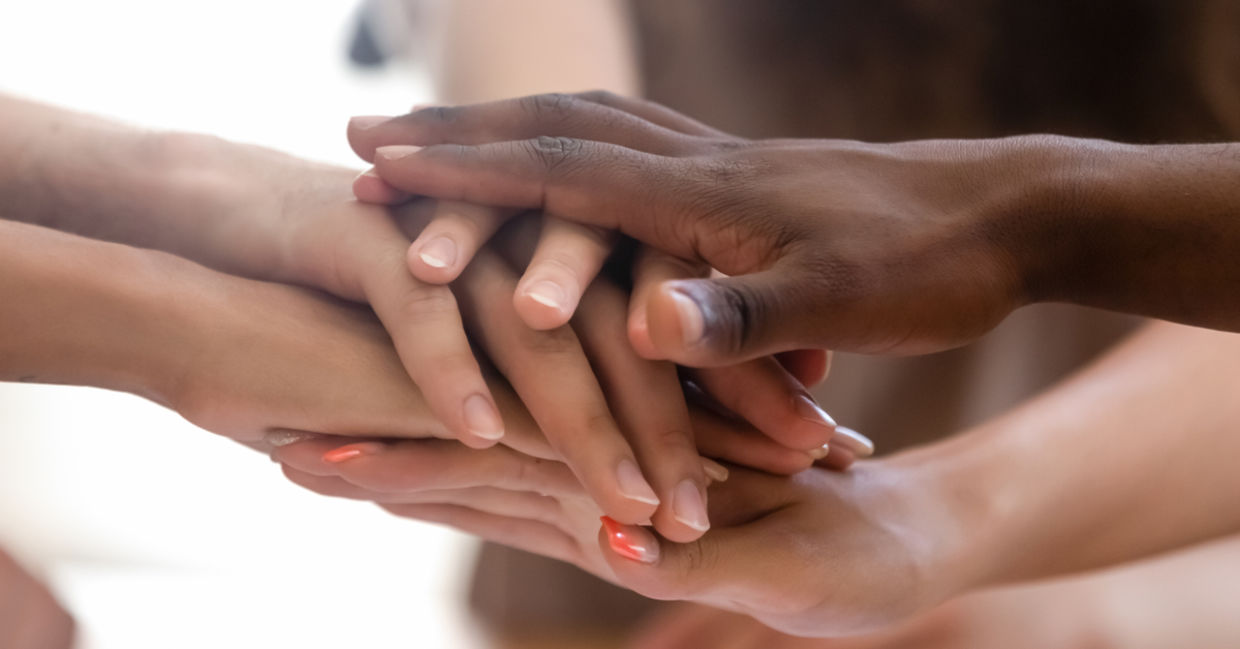
(fizkes / Shutterstock.com)
Teaching Empathy and Compassion
Empathy is simply the ability to step into another’s shoes in order to understand that they have feelings and value. But it can also be much more. Empathy is the heart of what it means to be human according to Harvard’s Graduate School of Education, and it is the foundation for ethical behavior and good relationships.
Teaching empathy to school children helps prevent bullying and aggression. That’s what the program Roots of Empathy is all about. This Canadian based organization offers empathy-based programming to train kids to care about others by bringing babies into elementary school classrooms. The curriculum is being used in nine countries and has been extremely successful.
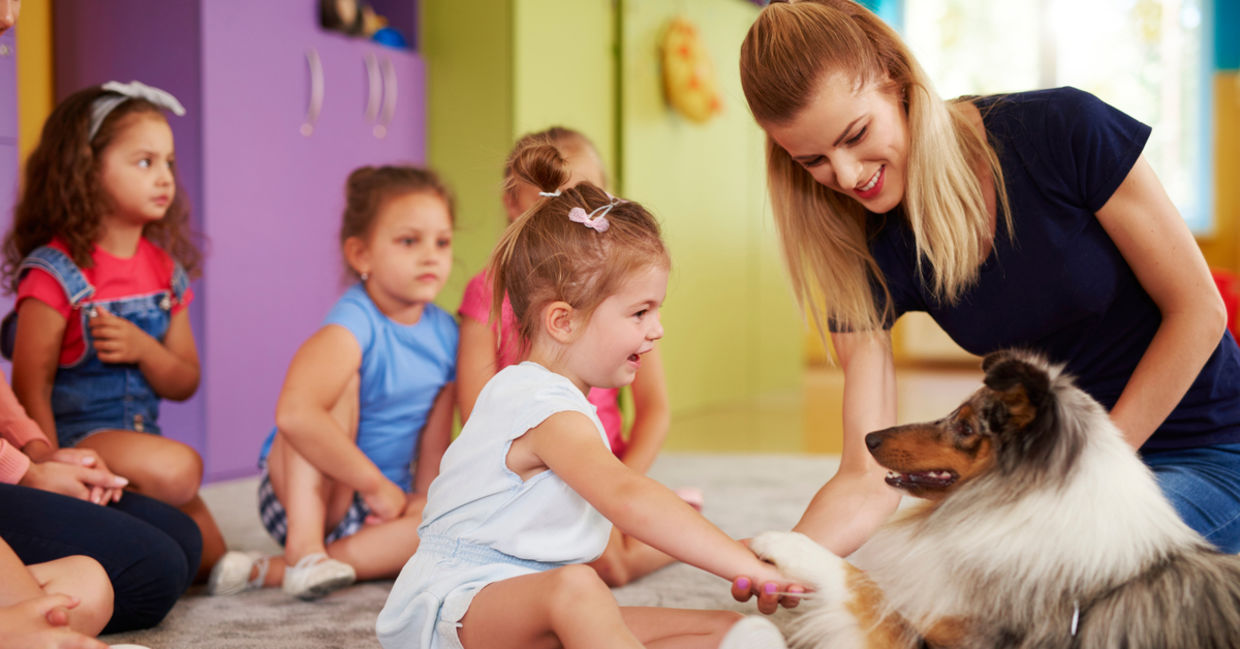
(gpointstudio/ Shutterstock.com)
Mainstreaming Tolerance
The best way to mainstream tolerance is through education about how to be a global citizen and teaching peaceful coexistence. This is so important that it is part of the UN’s Sustainable Development Goal on Education. Target 4.7 includes that all learners acquire the knowledge and skills towards the: “promotion of a culture of peace and nonviolence, global citizenship and appreciation of cultural diversity and of culture’s contribution to sustainable development.”
Another way of mainstreaming tolerance is to bring it into people’s living rooms. Participating in the UN’s International Day of Tolerance, visiting museums that promote tolerance and coexistence, watching movies or reading books that promote these values are ways that you can teach your children to be kinder, better members of their communities, and global citizens.
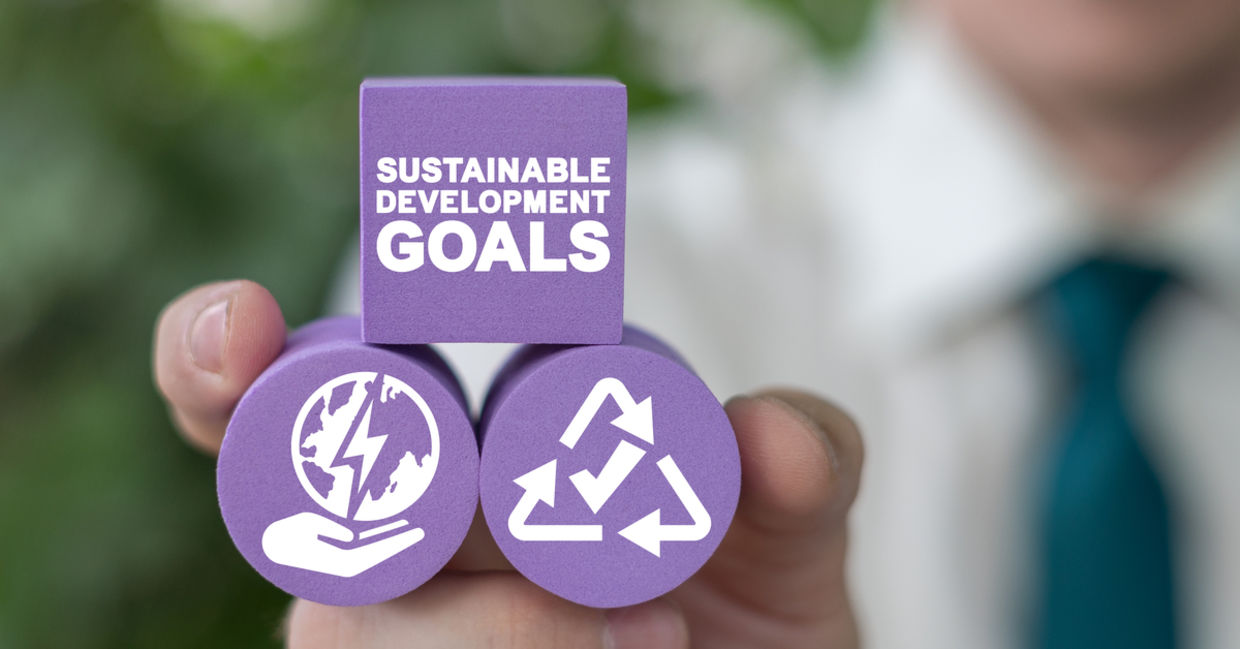
(Panchenko Vladimir / Shutterstock.com)
Good Deeds Day
One of the best ways to care for others is by volunteering. You can enact positive change in the world by doing acts of kindness for people in your community. Good Deeds Day (GDD), the annual global day of doing good unites millions of people from 108 countries in this common goal.
Despite the pandemic, GDD 2021, included virtual projects, home projects, and live events where people of different ethnicities, cultures, and religions came together to help others. Uniting people to work together for good is what GDD does best.
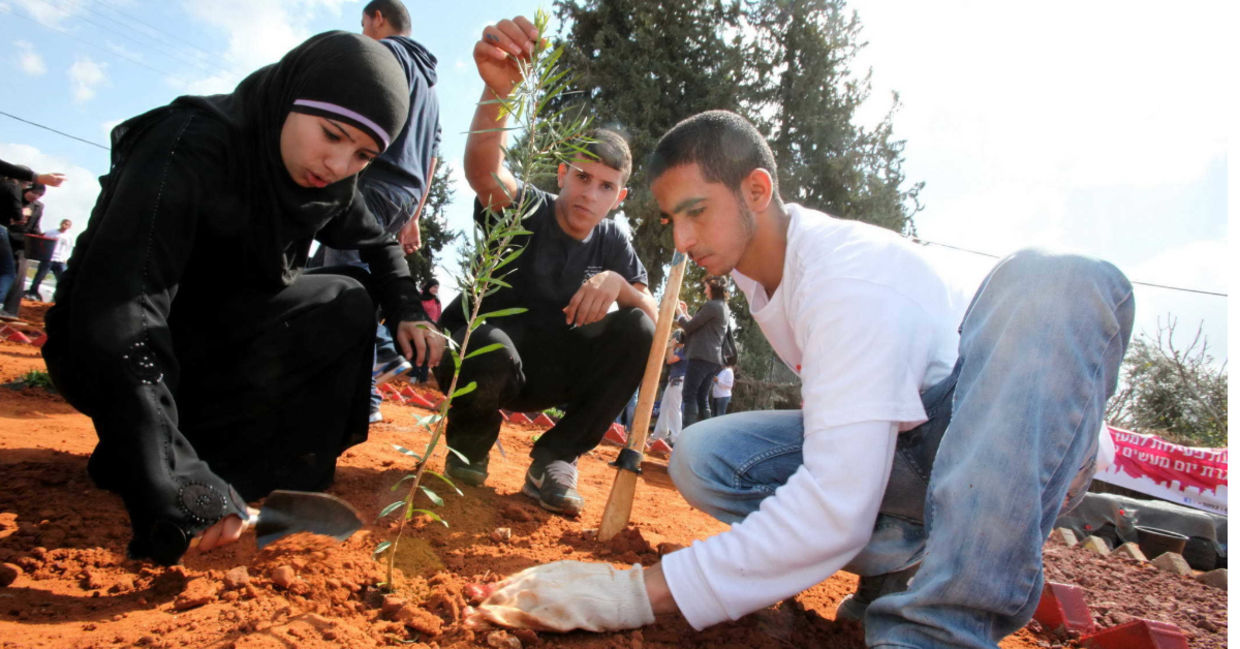
(Courtesy Good Deeds Day)






